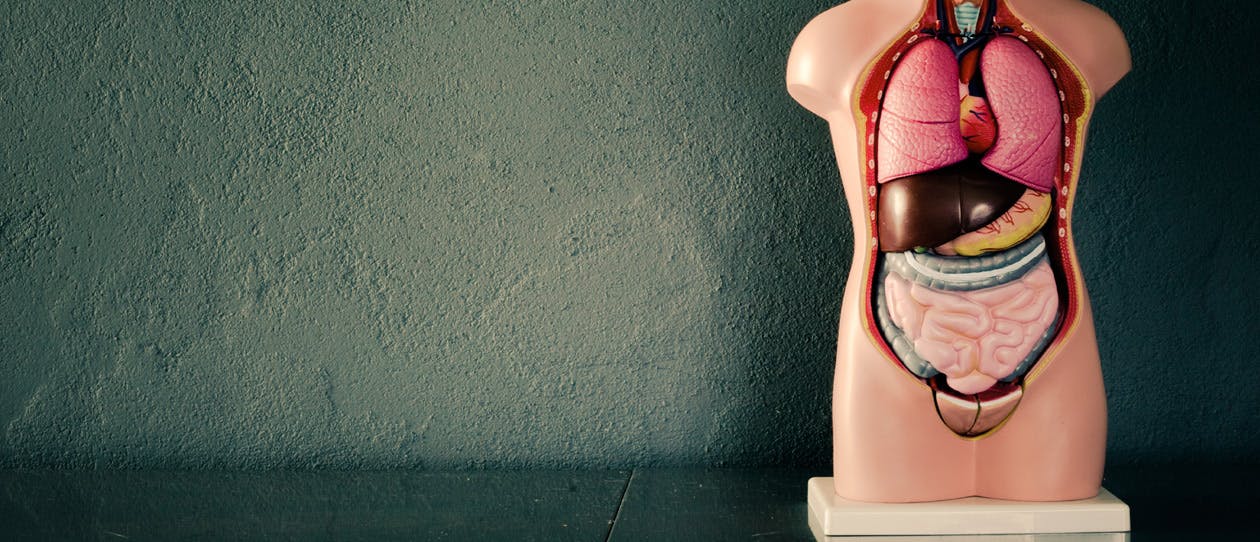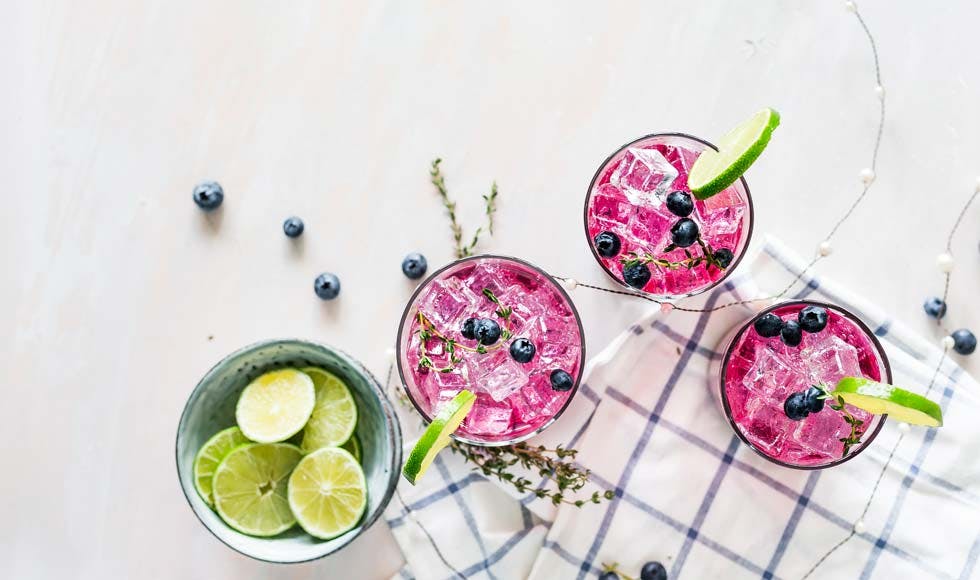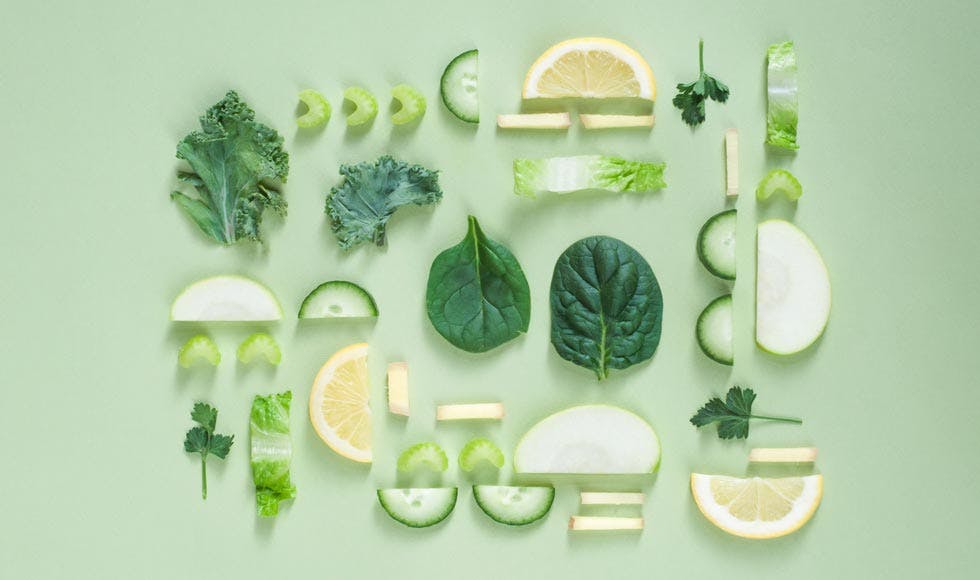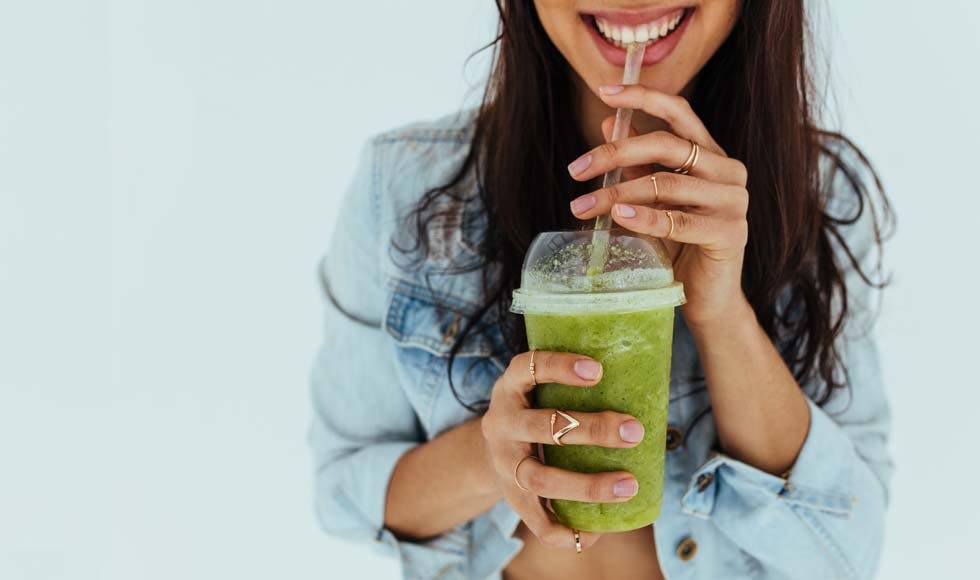The pancreas is actually an accessory organ of the digestive tract, and it plays a major role in assisting digestion in the small intestine.
It's a fascinating organ, as it is also our body's producer of insulin and glucagon, which are essential hormones for blood sugar regulation.
The pancreas produces about 1.2 – 1.5 litres of ‘pancreatic juice' daily. This clear, colourless liquid contains: a carbohydrate digesting enzyme (pancreatic amylase); several protein-digesting enzymes (trypsin, chymotrypsin, carboxypeptidase and elastase); and the major fat-digesting enzyme (pancreatic lipase). It also contains sodium bicarbonate to buffer the highly acidic gastric juice mixed in with food as it enters the small intestine.
Pancreatic enzymes are fierce and efficient at breaking down their target nutrient. The pancreas itself is made up of proteins, fats and carbohydrates.
What prevents the pancreatic enzymes from digesting the pancreas itself? The enzymes are released in an inactive form and are activated in the small intestine. Just another ingenious way the body regulates and protects itself!
The small intestine
The small intestine has a huge job, as it's the main site for digestion and absorption.
By the time the food (or as it's called by then, ‘chyme') reaches the small intestine, proteins and carbohydrates are only partly broken down, and virtually no fat digestion has taken place. The rest has to be carried out during the 3 to 6 hour journey through this tubular organ.
This amazing organ is only about 2.5cm in diameter, but is an average of 4m in length!
And that's not what's most amazing about the small intestine. Try to imagine this: its total surface area for absorption is about the size of a tennis court!
The reason the surface area is so vast is due to the presence of a series of circular folds: villi (fingers) and microvilli (fingers upon the fingers!).
The micro-villi are too small to be seen individually even through a light microscope. They form what looks like a fuzzy line; hence their common name ‘the brush border'. There are thought to be about 200 million microvilli per square millimetre of small intestine!
Probiotics – friends of the small intestine
Probiotics, or ‘friendly bacteria', are essential for the health of the small intestine as they aid digestive processes and help keep potentially harmful ‘bugs' at bay.
You may have heard of some of these ‘good guys' as they are readily available in supplemental form and in foods such as yoghurt. Some of the more common ones are Lactobacillus acidophilus, Lactobacillus rhamnosus and Bifidobacterium species.
Probiotic bacteria have been found to stimulate the immune system and help with several types of gastrointestinal illnesses, such as Irritable Bowel Syndrome(IBS), inflammatory bowel conditions, antibiotic-related diarrhoea and allergy.
They have also been found to improve the digestion and absorption of proteins, fats, calcium and phosphorus and assist with overcoming lactose intolerance, making these little friends a great all round treatment option if things aren't so swell in the small intestinal department!
Did you know?
- Acute pancreatitis is a life-threatening condition where activated pancreatic enzymes escape into the pancreas and surrounding tissues and begin to digest the body's own tissue!
- There is a constant turnover of cells in the gastrointestinal tract – the cells of the small intestine are totally replaced with new ones every six days!
- Drinking alcohol and smoking increase the risk of developing pancreatitis.






